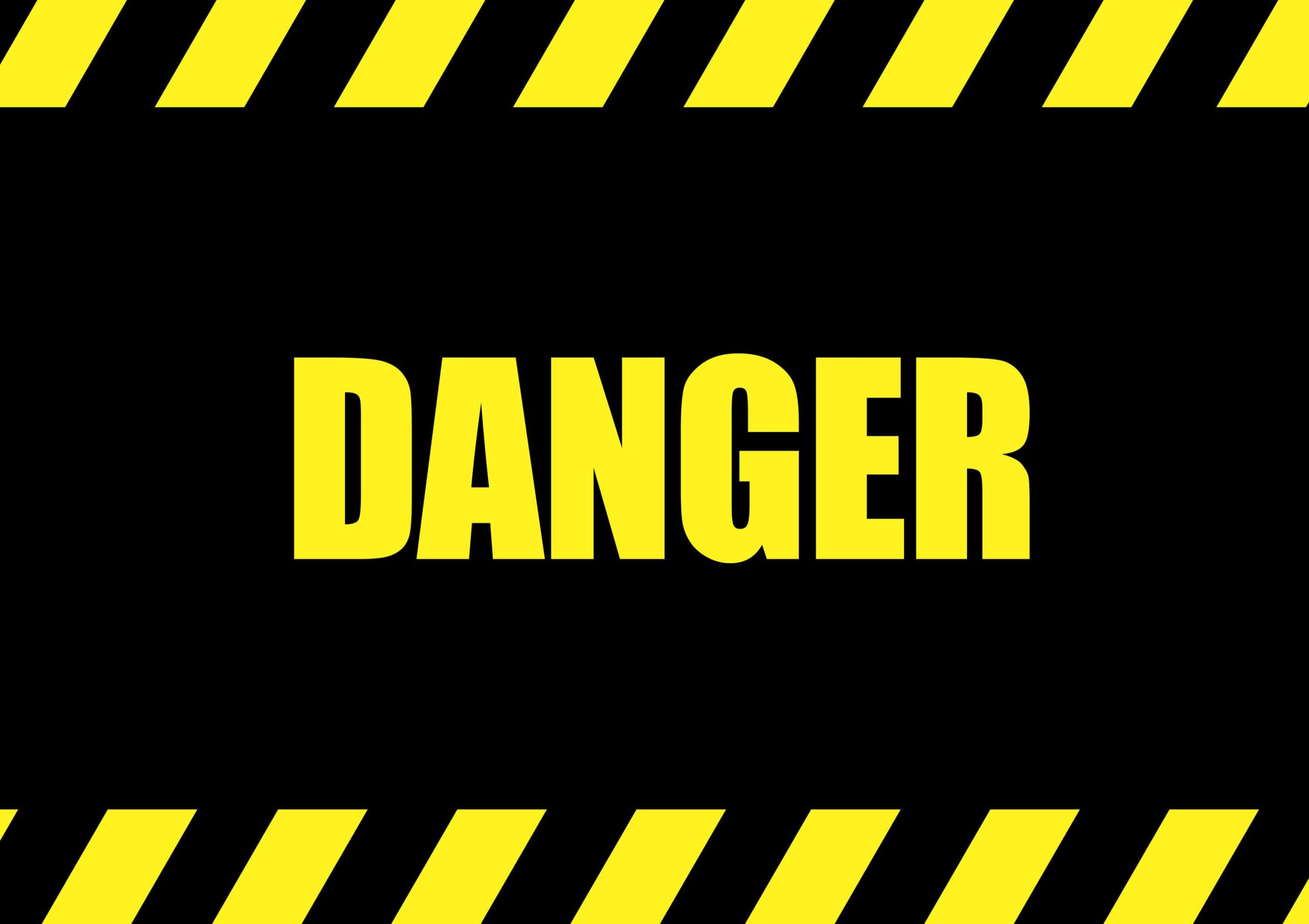
The Danger of an Old Heat Exchanger
If your home has an older furnace—15-20 years old or more—then it’s extremely important for you to be aware of the potential danger posed by an old heat exchanger. The heat exchanger is the heart of the furnace. When it fails, it doesn’t just leave you without heat. It can create a very dangerous, even deadly situation.
See Also: Homeowner’s Maintenance Guide
To understand how an old heat exchanger can be so dangerous, you first need to know what a heat exchanger is and what it does.
- A furnace produces heat by burning fuel such as oil or natural gas—a process known as combustion.
- Combustion produces extremely hot poisonous gases, including carbon monoxide.Obviously, you can’t use those hot gases to directly heat your home—because they’re poisonous!
- The combustion gases are passed through the heat exchanger. This is a series of airtight metal tubes.
- The furnace’s blower draws in clean air from your home and passes it over the outside of those tubes.
- The heat from the gas is transferred through the metal walls of the heat exchanger. It warms the clean air, which is then circulated through your home.
- Meanwhile, the carbon monoxide and other gases are released outdoors through an exhaust pipe.
- In short, it’s called a heat exchanger because it “exchanges” the heat from the combustion gases into the clean air of your home. It does this while keeping those gases out of your home. At least, that’s what it’s supposed to do.
See Also: Updating Your Gas Furnace with New Technology
The Dangers of a Leak
The problem is that all heat exchangers will eventually fail, developing holes or cracks that allow those poisonous gases to leak out and contaminate your home’s air. These leaks can be extremely dangerous, even deadly.
In fact, cracked heat exchangers are one of the major causes of carbon monoxide poisoning in homes. Carbon monoxide is a colorless, odorless gas that’s known as the “silent killer.” According to the CDC, over 4000 Americans are hospitalized with carbon monoxide poisoning each year, and about 400 die from it.
The early symptoms of carbon monoxide poisoning, like headache and nausea, are often mistaken for symptoms of the flu. As the poisoning gets worse, effects like confusion and unconsciousness can make it impossible for victims to save themselves.
See Also: Carbon Monoxide Detector by Carrier
How Does This Happen?
So why do heat exchangers crack and fail, allowing these poisonous gases into your home? Normal wear and tear will cause every heat exchanger to crack after about 15-20 years of regular use. That’s simply a result of the basic properties of metal.
You see, when the furnace turns on, the heat exchanger warms up, causing the metal to expand. When the furnace turns off, the metal cools and contracts. That constant, unavoidable cycle of expanding and contracting puts a strain on the metal that will eventually lead to cracking.
Regular maintenance can help extend the lifespan of a heat exchanger by avoiding other causes of failure, which we’ll get to shortly. But even with regular maintenance, a heat exchanger that’s approaching 20 years old is basically an accident waiting to happen.
All those years of expanding and contracting will lead to cracks eventually. The only question is whether you’ll replace the furnace before the heat exchanger fails and releases poisonous carbon monoxide into your home, or wait until after that’s already happened.
While all heat exchangers will fail eventually, some develop cracks long before their 15-20 year lifespan is reached. One major cause of premature heat exchanger failure is restricted airflow.
When the blower can’t move enough clean air through the system, the heat from the heat exchanger isn’t taken away fast enough. This causes the heat exchanger to get hotter and hotter. The metal expands further, so the strain on it is worse and it breaks down faster.
A common cause of restricted airflow in an HVAC system is a dirty intake filter. Simply replacing your filter regularly can help ensure your furnace’s heat exchanger reaches its expected lifespan.
See Also: Things to do Before You Turn on Your Furnace This Fall
What to do to Prevent This in Your Home or Office
Regular preventive maintenance can help catch and correct other common causes of premature heat exchanger failure. For instance, burners that burn too hot or run for too long can also cause overheating and excessive strain on the heat exchanger.
Your HVAC technician will also check for rust during preventive maintenance. Rusting of the heat exchanger can lead to holes or cracks that allow carbon monoxide to leak into your home.
Rust on a heat exchanger can be a result of the furnace sitting idle, but it can also develop if the furnace is short-cycling—that is, not running long enough each time it comes on. That’s because combustion produces water vapor that collects on the heat exchanger.
During normal operation, the furnace runs long enough to dry out that water before shutting off. But if the furnace is short-cycling, the heat exchanger can stay damp, leading to rust. Again, this can lead to a dangerous carbon monoxide leak if it isn’t caught and corrected.
If you have a furnace or any other potential sources of carbon monoxide in your home, such as a gas stove or fireplace, it’s extremely important to have working carbon monoxide detectors installed. However, you really want to prevent carbon monoxide from getting into your home in the first place.
Don’t wait for an accident to happen. Get your heat exchanger inspected, have regular preventive maintenance, and plan ahead to replace your furnace before an emergency occurs. You’ll be glad you did!


